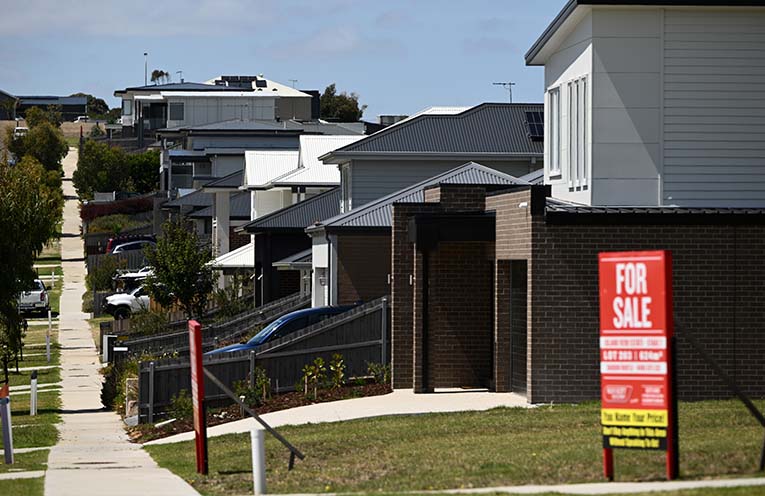
MORE Australians could get help to purchase homes but opponents of an expanded scheme say they would rather use their retirement funds than share with the government.
Changes to the Labor government’s Help to Buy scheme will lift income and price caps for first homebuyers sharing equity with the government.
 Advertise with News of The Area today.
Advertise with News of The Area today.It’s worth it for your business.
Message us.
Phone us – (02) 4981 8882.
Email us – media@newsofthearea.com.au
Single parents and couples earning up to $160,000 could buy million-dollar homes in some of Australia’s biggest cities with a minimum two percent deposit.
Housing Minister Clare O’Neil said 40,000 eligible buyers “who would otherwise have no chance of home ownership” could secure a home.
“We’ve got a generation of young people growing up in our country who can’t see a pathway to home ownership, and our government wants to change that,” she told reporters on Saturday.
Assistance of 40 percent for new homes and 30 per cent for existing homes would allow purchases with smaller deposits and loans.
The shared-equity scheme previously only benefited singles earning less than $90,000 and couples or households earning less than $120,000 but will increase to $100,000 for singles and $160,000 for households.
The maximum price will also rise to $1.3 million in Sydney, $950,000 in Melbourne and $1 million in Brisbane and the Gold Coast.
Rural and regional price caps will also increase.
Opposition Leader Peter Dutton said the housing market was a “disaster” but young people did not want to co-own with the government.
He said the coalition would let first-homebuyers access up to $50,000 of their superannuation.
“Five years ago if somebody had been able to do that… their net position today would potentially be tens or hundreds of thousands of dollars better off because they had purchased a house and they’d got into the housing market,” he said.
The government has also pledged $54 million for prefabricated homes and modular building to speed-up construction.
Urban Taskforce Australia chief executive Tom Forrest said it moved construction towards the 21st century, with offsite builds embraced globally.
“Here in Australia, we have been slow on the uptake,” he said.
By Jack GRAMENZ, Samantha LOCK and Jacob SHTEYMAN, AAP